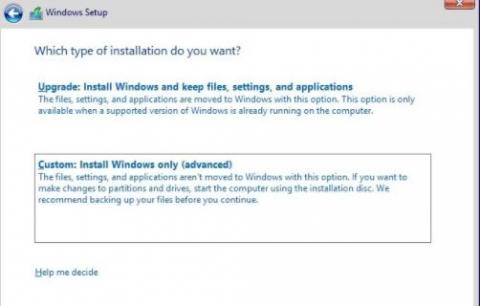Operations | Monitoring | ITSM | DevOps | Cloud
Security
The latest News and Information on CyberSecurity for Applications, Services and Infrastructure, and related technologies.
Security Spotlight: Ryan Kovar
A Path to Proactive Security Through Automation
The sheer number of cyberattacks launched against organizations every year is massive and growing. If you’re a security analyst working in a SOC or security team, tasked with defending your organization, that means you’re getting bombarded by many more attacks than the recorded numbers above would suggest. These attacks translate into security alerts — fired from your various security tools — that you must investigate and resolve.
Dangerous defaults that put your IT environment at risk: IT security under attack
In this blog in the “IT security under attack” series, we wanted to shed some light on an unfamiliar and seldom discussed topic in IT security: the default, out-of-the-box configurations in IT environments that may be putting your network and users at risk. Default settings, and why the initial configuration is not the most secure.
5 trends that will define endpoint management in 2021 and beyond
2020 was a year of tremendous dejection and disruption. Imagine if you had told your organization’s upper management that they had to switch their 10,000 or 20,000 strong corporate office to the virtual world back in January 2020. They would have flipped. Despite all the fear and loss that 2020 brought, we capitalized on the opportunities. And even a year later, there are still possibilities galore.
Kubernetes admission controllers in 5 minutes
Admission controllers are a powerful Kubernetes-native feature that helps you define and customize what is allowed to run on your cluster. As watchdogs, they can control what’s going into your cluster. They can manage deployments requesting too many resources, enforce pod security policies, and even block vulnerable images from being deployed. In this article, you’ll learn what admission controllers are in Kubernetes and how their webhooks can be used to implement image scanning.
RapidSpike Turns 6
Picture the scene. It’s 9am on a cold, wet, January Sunday morning in 2015 and I’m trudging up Merrion Street in Leeds. Recently made redundant, I’m on my way to a coffee shop that I’m desperately hoping is open. Am I a coffee aficionado desperate for a fix? Am I getting pumped for a gym session? Do I just enjoy walks in the rain? No. I’m on my way to a job interview.











